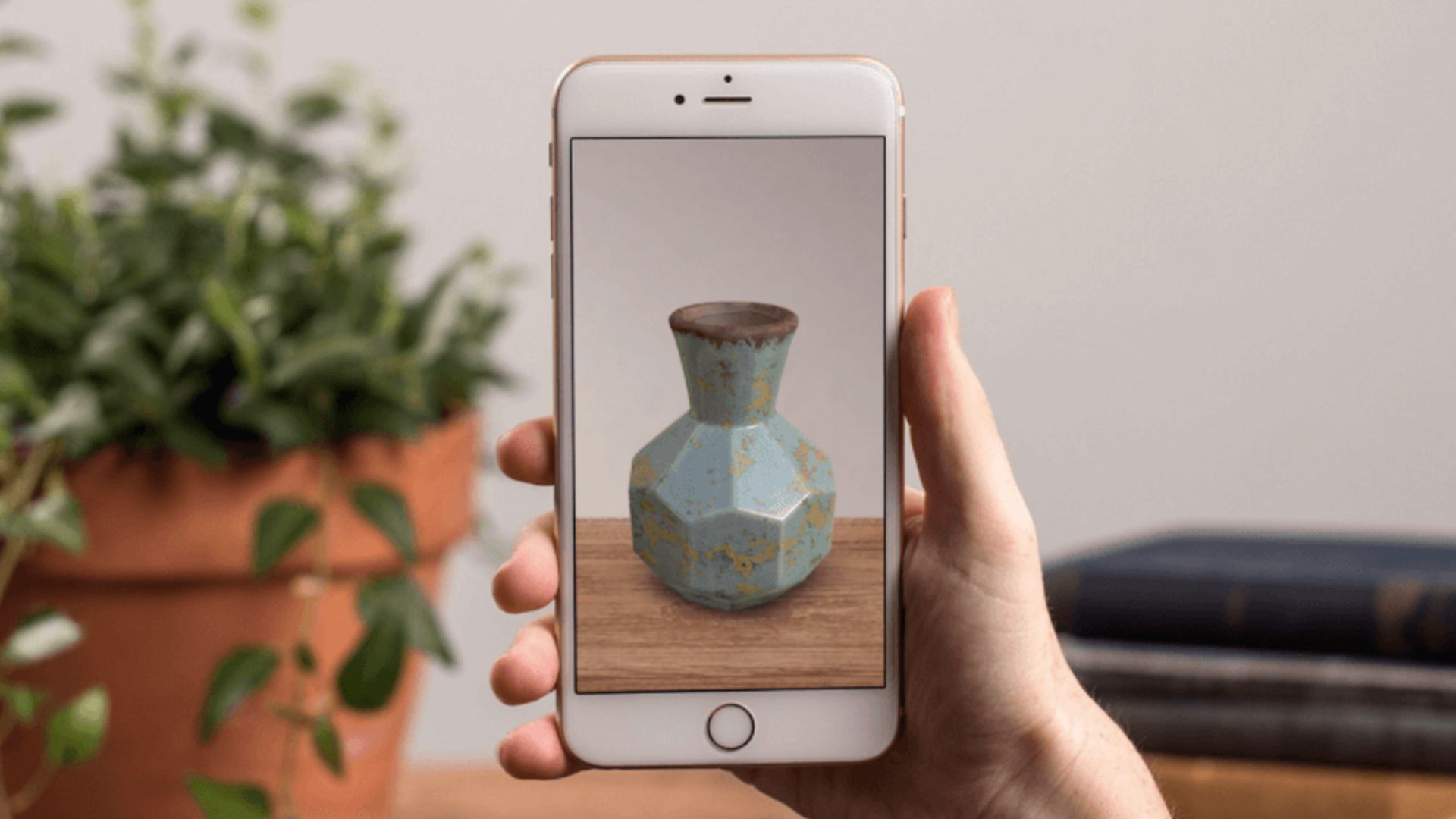Should You Create a Digital Twin of Your Product

At the outset of the pandemic, many consumers tuned to eCommerce for their shopping. In the aftermath of the pandemic many who switched to eCommerce never looked back, and even more are joining them. As more consumers turn to eCommerce for their shopping, websites have had to constantly improve to meet their needs. One such improvement is providing customers 3D models of their products called digital twins. These digital twins improve the users’ experience by providing consumers an immersive view of products they wish to purchase which helps increase conversions for websites. However, while digital twins have become essential to sell many products online, for some items it may not be feasible to create a digital twin.
What is a Digital Twin?
A digital twin is a virtual 3D model of an object in the real world. Digital twins are created by taking a series of photographs of the physical object to render a 3D model of the object, which can then be rotated 360 degrees to view it at every angle. This model, combined with augmented reality technologies allows consumers to view the products in their everyday environment. For example, Ikea’s Kreativ Design Tool allows consumers to scan the room they’re planning to furnish and add Ikea’s products into the model so shoppers can see how the furniture will look in their home as opposed to online or in the showroom.
Benefits of Creating Digital Twins
- As mentioned above, providing 3D models of products can help increase conversion rates for eCommerce brands. According to data from Shopify, interactions with products that have 3D/AR content had a 94% higher conversion rate than those without, and according to Forbes, 3D marketing was shown to increase the conversion rate of luxury brands by 40%. Converting website visits into purchases is not only the main goal of eCommerce companies, but the main benefit of employing 3D marketing.
- Providing 3D models rather than still images of products can also help reduce returns. According to the National Retail Federation, online retailers experienced $212 billion in lost sales due to returned merchandise. The good news however is that for the first time since the NRF began tracking online sales statistics, the return rate for online retailers is consistent with the overall return rate for retailers. While there are many factors that lead to the decreased online return rate, 3D marketing is undoubtedly among the primary reasons. With immersive imaging and AR capabilities, consumers can be more confident the product they’re purchasing will meet their needs.
- Aside from utilizing these 3D models on your website, 3D marketing on other outlets such as social media can grab people’s attention and increase traffic to your website. For example, last year Nike turned heads when they unveiled a 3D billboard outside Shinjuku Station in Tokyo. The billboard featured their classic orange shoebox and showcased several different designs of their Air Max sneakers bursting out of the box. The billboard which garnered plenty of attention locally in Tokyo, sparked interest worldwide when it was shared on social media. By utilizing digital twin technology, Nike was able to gain the attention of a full-fledged marketing campaign with just a single billboard.
When to Avoid Digital Twins
- While 3D product imaging is more effective at increasing conversion rates, it is generally more expensive than traditional still photography. Therefore, the price of the product is an important factor in determining whether to create a digital twin. While the increased conversion rates will help to offset some of these added upfront costs, it will be more difficult to achieve with lower priced goods. Unfortunately, the added cost of 3D marketing a product precludes it as a cost-effective method for selling products with a lower price point.
- Another scenario where it is best to avoid the use of digital twins is when the product you’re selling is configurable. As mentioned above creating 3D models of products is more expensive than traditional still photography. The cost of the product itself is one thing to consider, but another is how many digital twins each product would require you to make. While it may be cost effective to create a digital twin of a product that comes in just a few or even just one option, the more configurations customers are allowed to, the less cost-efficient it will be to utilize the technology.
Summary
A digital twin is a virtual 3D model of an object that exists in the real world. Using these 3D models to sell your products as opposed to traditional still photographs has many benefits such as an increased conversion rate on your website, minimizing the return rates of your merchandise, and increased public recognition. However, the use of digital twins is best avoided for lower cost goods and if the product you’re selling is configurable.
Schedule a Demo
We’re here to bring your brand to life! Talk to one of our team members to learn more about our Studio.
Keep in touch with BrandXR
Sign up to stay up to date with our monthly news.
Stay Connected with BrandXR














